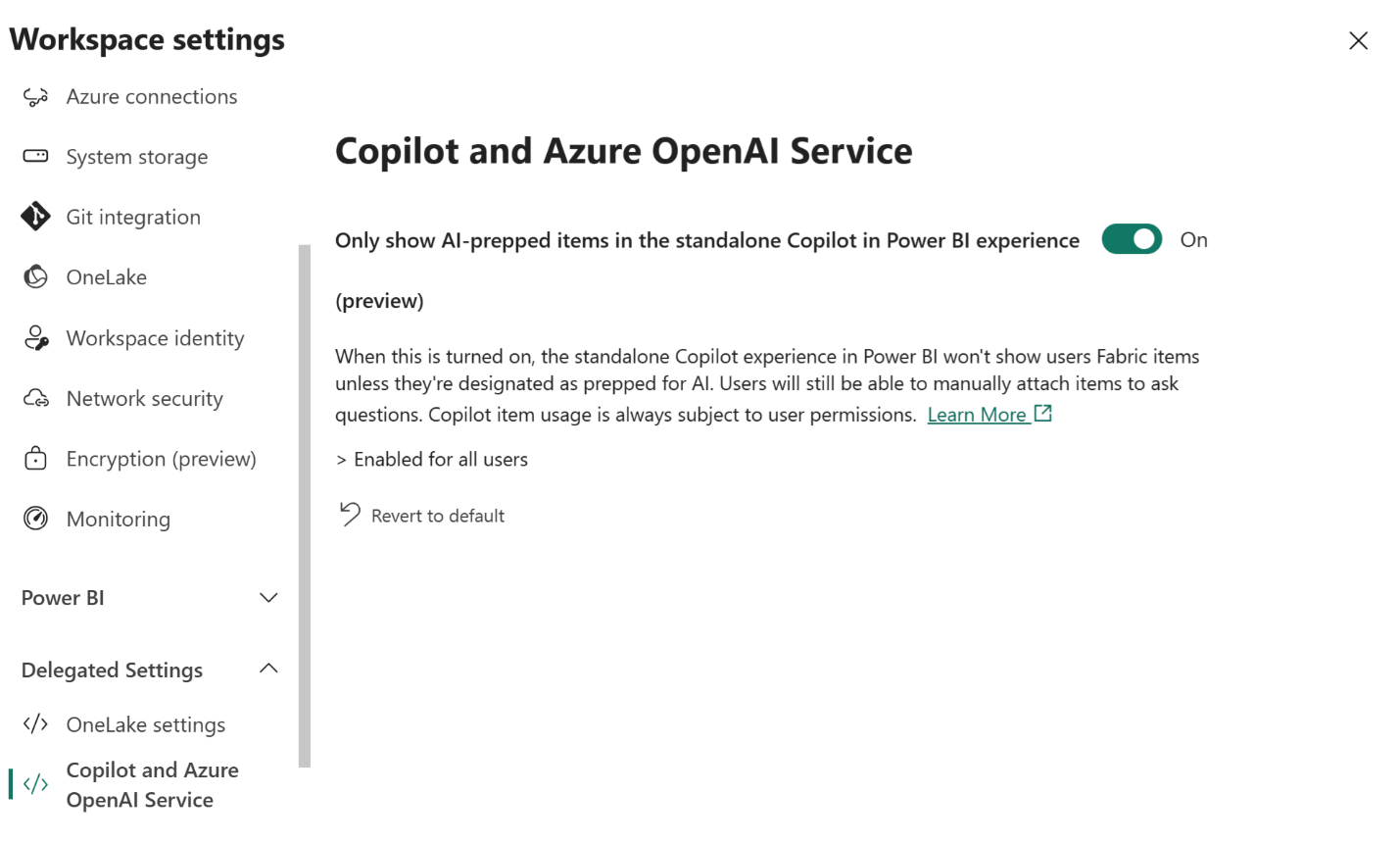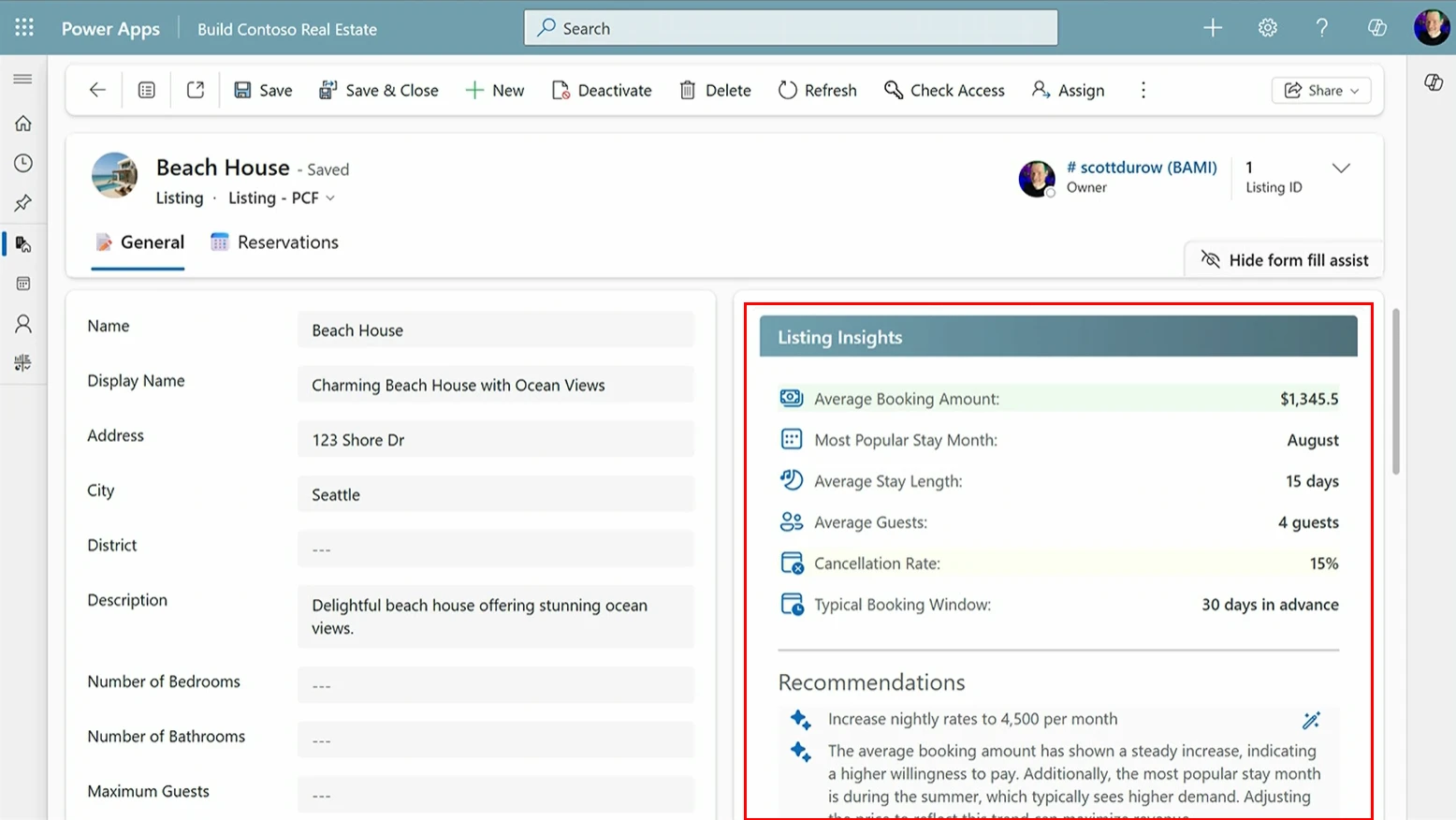Power BI continues its steady evolution with the July 2025 update, signaling Microsoft’s commitment to delivering a more intelligent, intuitive, and deeply integrated analytics experience. This month’s release reinforces Power BI’s role not just as a reporting tool, but as a collaborative, AI-driven platform for decision-making across organizations. With a focus on user experience, governance, and smarter workflows, this update lays the groundwork for a more connected data future.
Here are some of its latest updates:
Copilot and AI
Tenant admins can now control Copilot’s default search behavior—limiting it to content explicitly marked Prepped for use with AI. Smarter access, safer insights.Reporting
A new left-hand navigation menu in the Power BI app for Teams makes it easier to discover and access your reports without losing momentum.Modeling
You can now build Direct Lake semantic models in Power BI Desktop directly from SQL and Mirrored databases in Microsoft Fabric—unlocking real-time insights at scale.Data Connectivity
The Snowflake connector 2.0 is now generally available, enabling faster retrieval of large datasets without unnecessary overhead.Mobile
Power BI Mobile’s Home screen is now reorganized to prioritize your most-used content—bringing insights to your fingertips even faster.
View the full list here.










